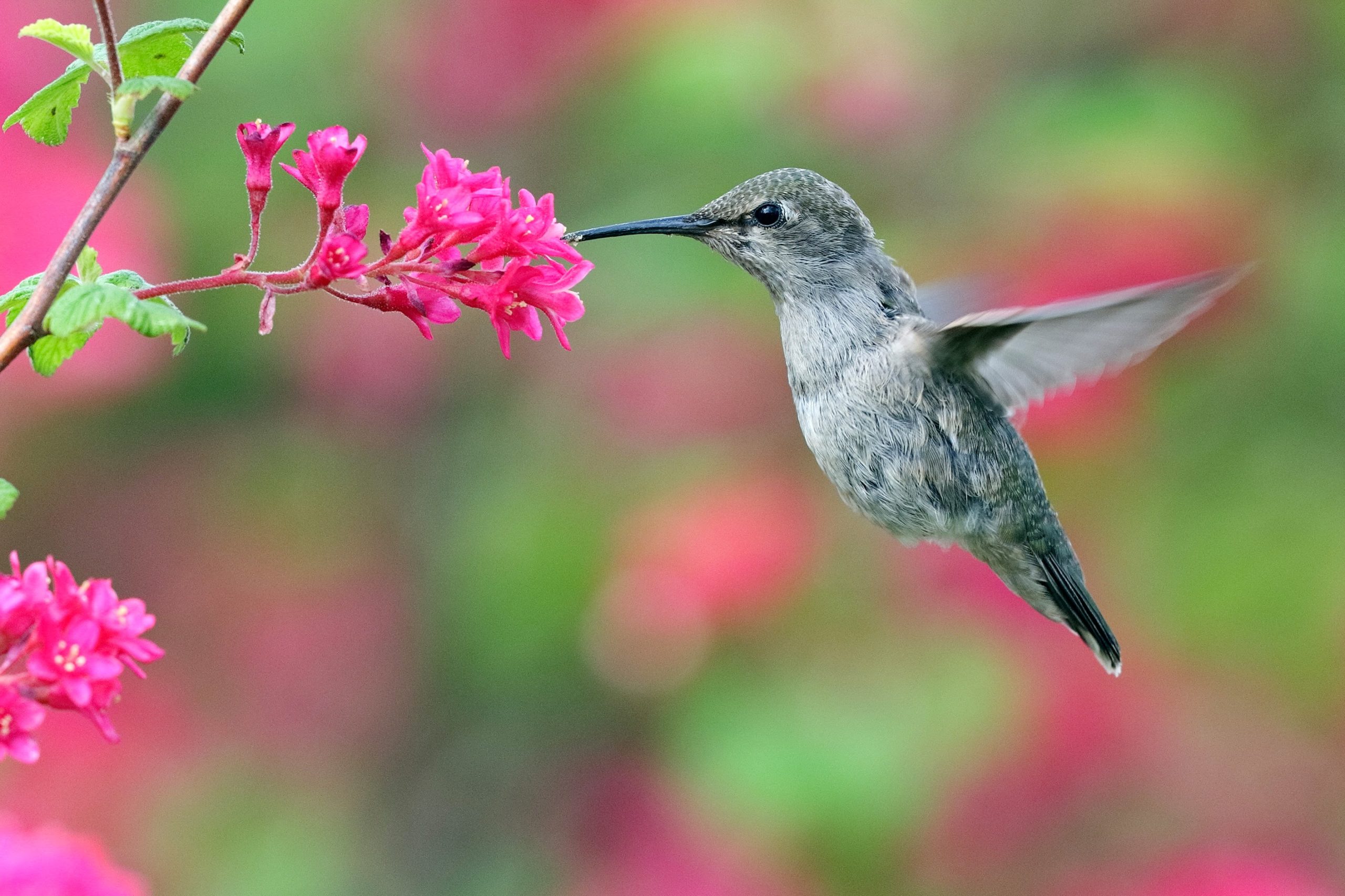Support Us
Since 1979 more than 140,000 animals have been treated by Wildlife Rescue.
Thanks to the support of individuals like you, Wildlife Rescue can provide a lifeline for animals in distress.
 Your garden can help wildlife! One way to make a significant difference for local wildlife is by allowing your yard to become a corridor of quality habitat while preparing for spring. Being intentional with your gardening can help the wildlife... Read More
Your garden can help wildlife! One way to make a significant difference for local wildlife is by allowing your yard to become a corridor of quality habitat while preparing for spring. Being intentional with your gardening can help the wildlife... Read More
Found in lakes and ponds, Common Loons are a common sight from BC to New Brunswick. Known for their black bills and their black-and-white patterned bodies during summer, these birds have a different look from September to March when they have grey heads/backs and whitethroats.
With a large reliance on the water they inhabit, it is no surprise that Common Loons can easily be harmed by pesticides and other chemicals that end up in rivers and streams. This important connection to the wetlands they inhabit is why we need to be extremely careful about how we treat our environment.
Read MoreEvery year, approximately five billion pounds of pesticides are used to control pest populations – harming local wildlife on the ground, sea, and sky. Chemical pest control solutions are a common part of our lives – whether it is a golf course, restaurant, or our own home. These different chemicals have a fatal effect on our wildlife – even threatening some wildlife populations. Each chemical may have a different impact on wildlife some fatal, others may bioaccumulate and others may pose no harm.
Read More